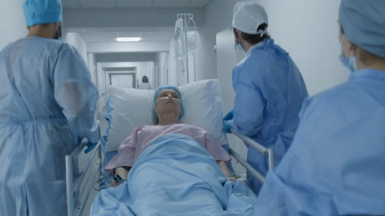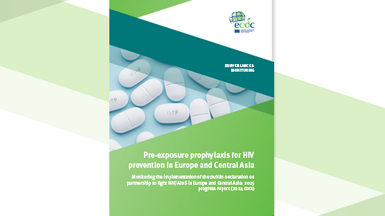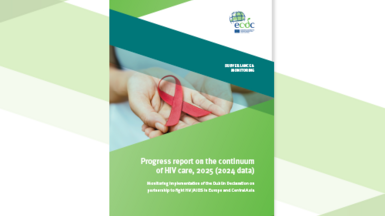Case studies on preparedness planning for polio in Poland and Cyprus
The last cases of poliomyelitis due to wild poliovirus in Poland and Cyprus were registered in 1984 and 1995, respectively. Current efforts against polio are therefore aimed at maintaining the two countries’ polio-free status. The overall objective of this report is to support these two EU Member States in updating their polio preparedness planning. The specific aims of the case study were to: critically review implemented actions and identify gaps in order to propose approaches for strengthening the national polio plans; identify health system elements that are important in polio preparedness planning; and provide examples of collaborative efforts between these sectors in planning measures for outbreak response to polio as a cross-border health threat.
Executive Summary
Poland and Cyprus were both considered by the European Regional Certification Commission for Poliomyelitis Eradication (RCC) 2015 report to be at ‘intermediate risk’ for the spread of infection following any poliovirus importation. Poland is neighbouring to the region of Ukraine where the outbreak of vaccine derived polio virus was identified in 2015; and Cyprus has been receiving migrants from North Africa and the Middle East, some of whom may not have been vaccinated against polio.
With this background ECDC initiated two case studies reviewing the public health preparedness status of health care and other sectors in these EU Member States. Results show a number of strengths in the polio preparedness in both countries; a strong legal framework, high vaccination coverage, good coordination for polio preparedness across sectors, and capacity to carry out surveillance (incl. environmental). Suggested ways forward to improve polio preparedness include promoting environmental surveillance among decision makers and exchanging best practice with other countries that are experienced in this area.
In addition, the report suggests more training and exercises. Review of existing protocols for use in the event of a polio outbreak and testing these protocols through simulation exercises; increasing the knowledge of the disease among clinicians through training in order to support rapid response and correct actions in the event of an outbreak. Finally, targeting certain populations is also important. Adapted service provision for refugees and Roma population who are particularly vulnerable to having low vaccination coverage. Making sure that at risk personnel in health care and other sectors (e.g. border control, refugee reception centres etc.) receive polio vaccine booster doses as part of standard practices.
The case study project presents material that was common to both countries, therefore, some of the issues raised and the suggestions made could also be relevant in other EU Member States, assisting them in their efforts to remain polio-free while simultaneously providing input into their wider, more generic prevention and control activities.







